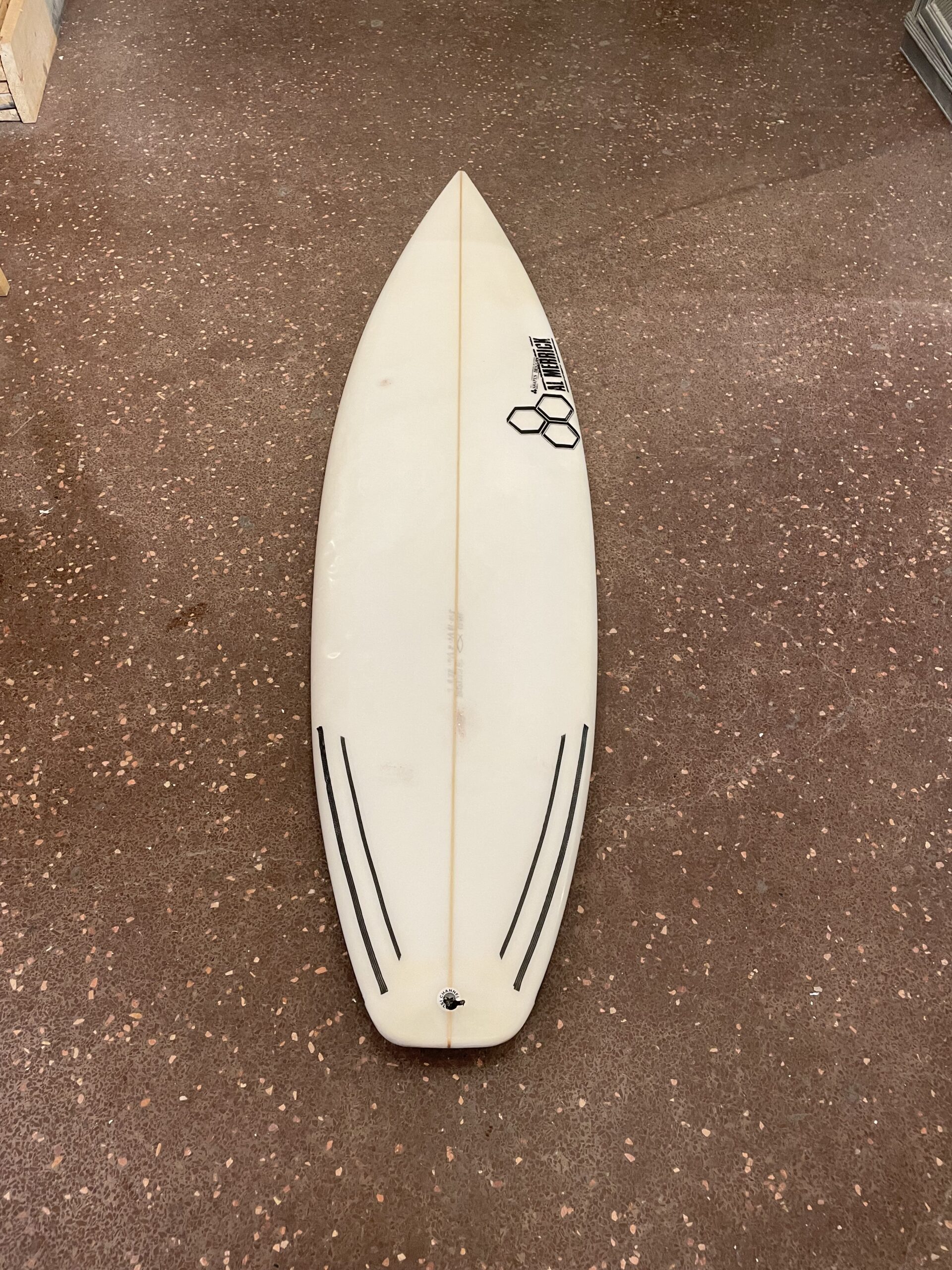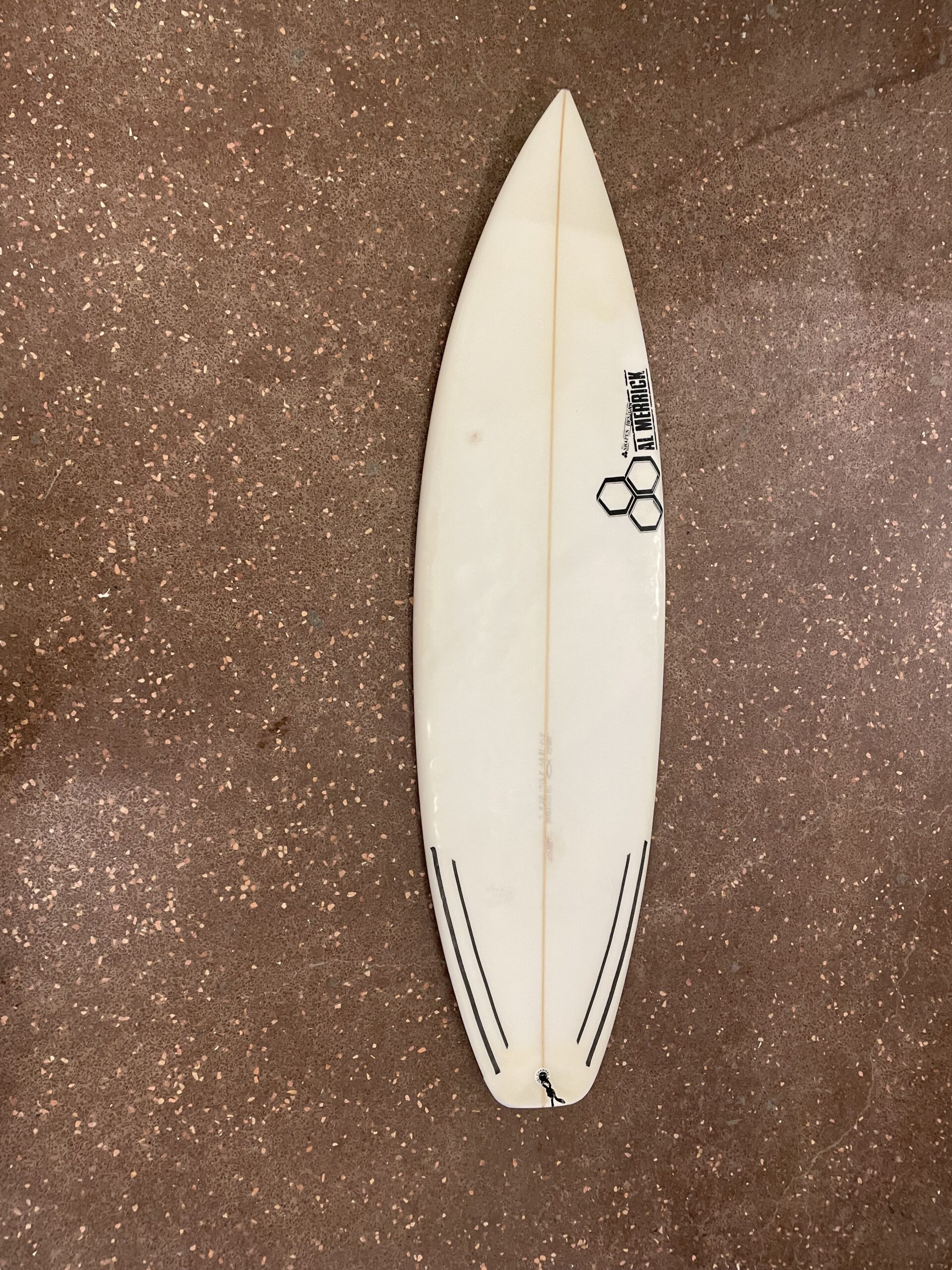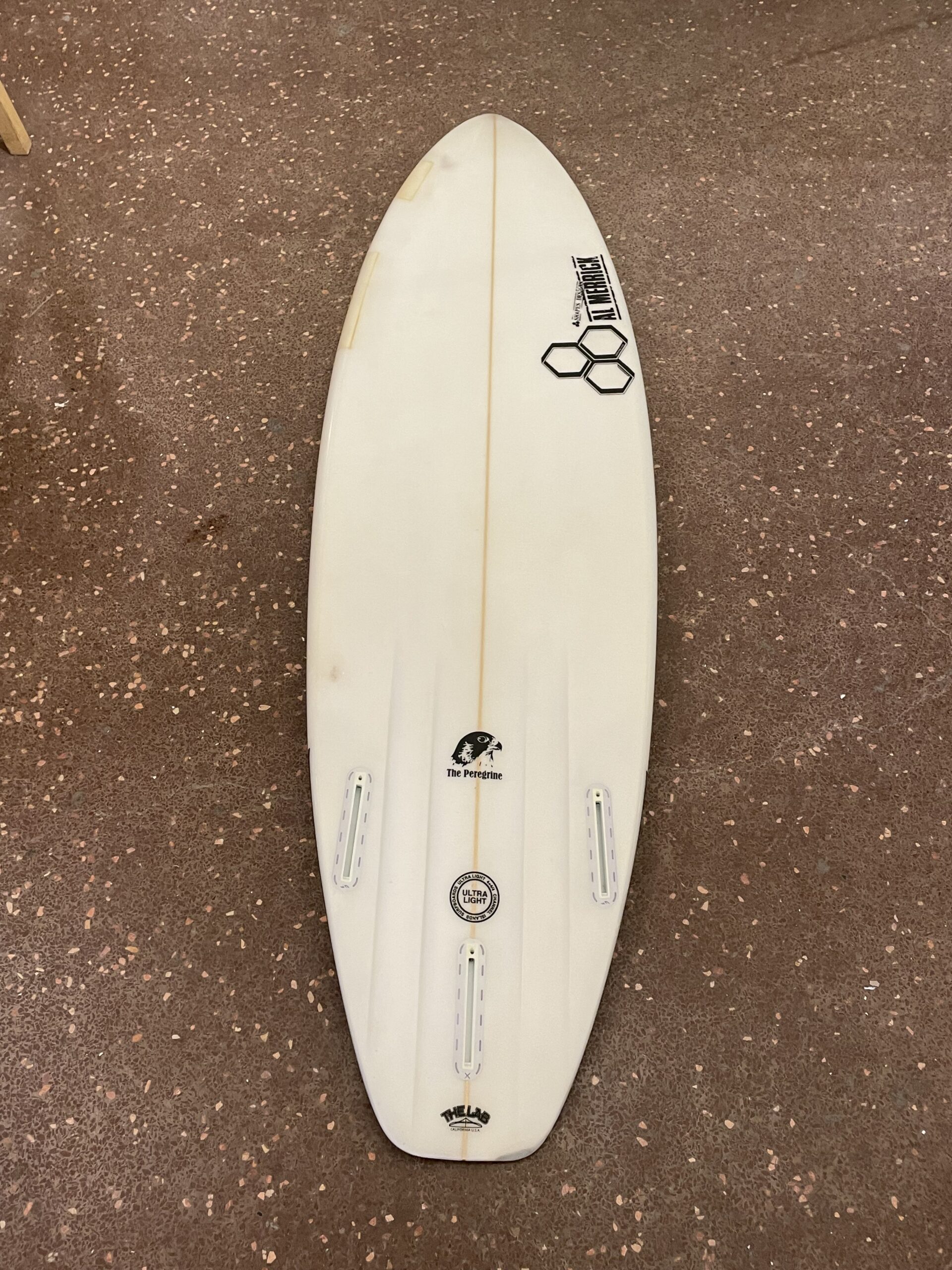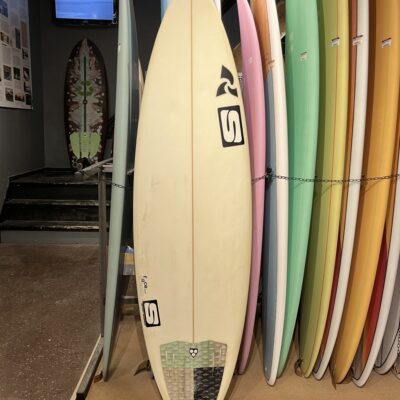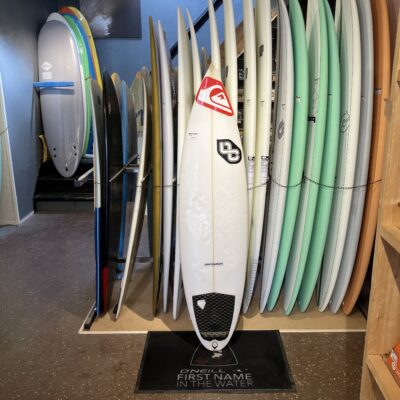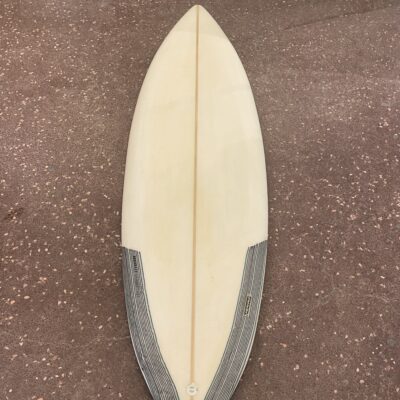Description
Named after the fast and powerful falcon that tends to breed on coastal cliffs. This new model connects with the board’s design for fast, powerful surfing and reflects Dane and Courtney’s interest in falconry. Four-channels fuel this all around high performance shortboard suitable for all wave types. Designed for maximum down the line speed, quick transitions, and big rail turns.
The peregrine has a low entry rocker that’s accelerated through the back. The rail rocker is low but with ample break around the front fins and staged by the exit of the channels, creating extreme release near the trailing fin and off the tail. Center rocker is straighter and fast with the effect being exaggerated by the deep channels running out the back. The channels sit within a generous single concave that runs the length of the board and goes flat at the tail block.
The flat deck provides positive flex patterns, volume distribution and feel under the feet. Should be ordered an 1/8th of an inch thinner than a customer’s usual thickness. (i.e. If the customer usually rides a board with a 2 1/2 center thickness, they should order The Peregrine at 2 3/8 and can expect it to have the same general rail thickness, feel and flotation as a board that is 2 1/2). Rails are round, medium to full. Designed to work best in waist to ceiling high surf. Ride this board your same height up to a couple inches longer. Also makes a good smaller wave board when ordered shorter and wider. *ALL Peregrines come stock with four channels, and are thruster only.
